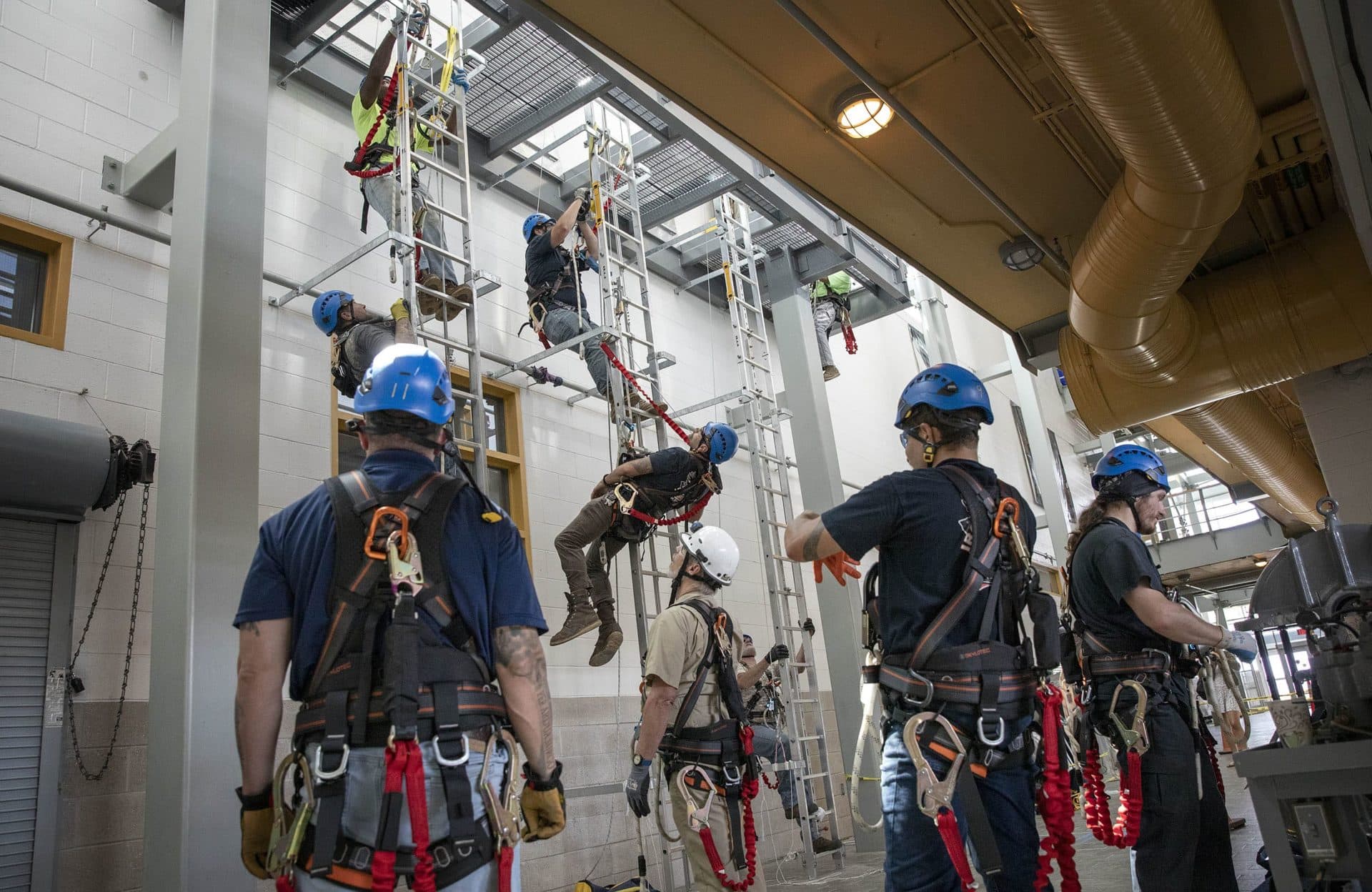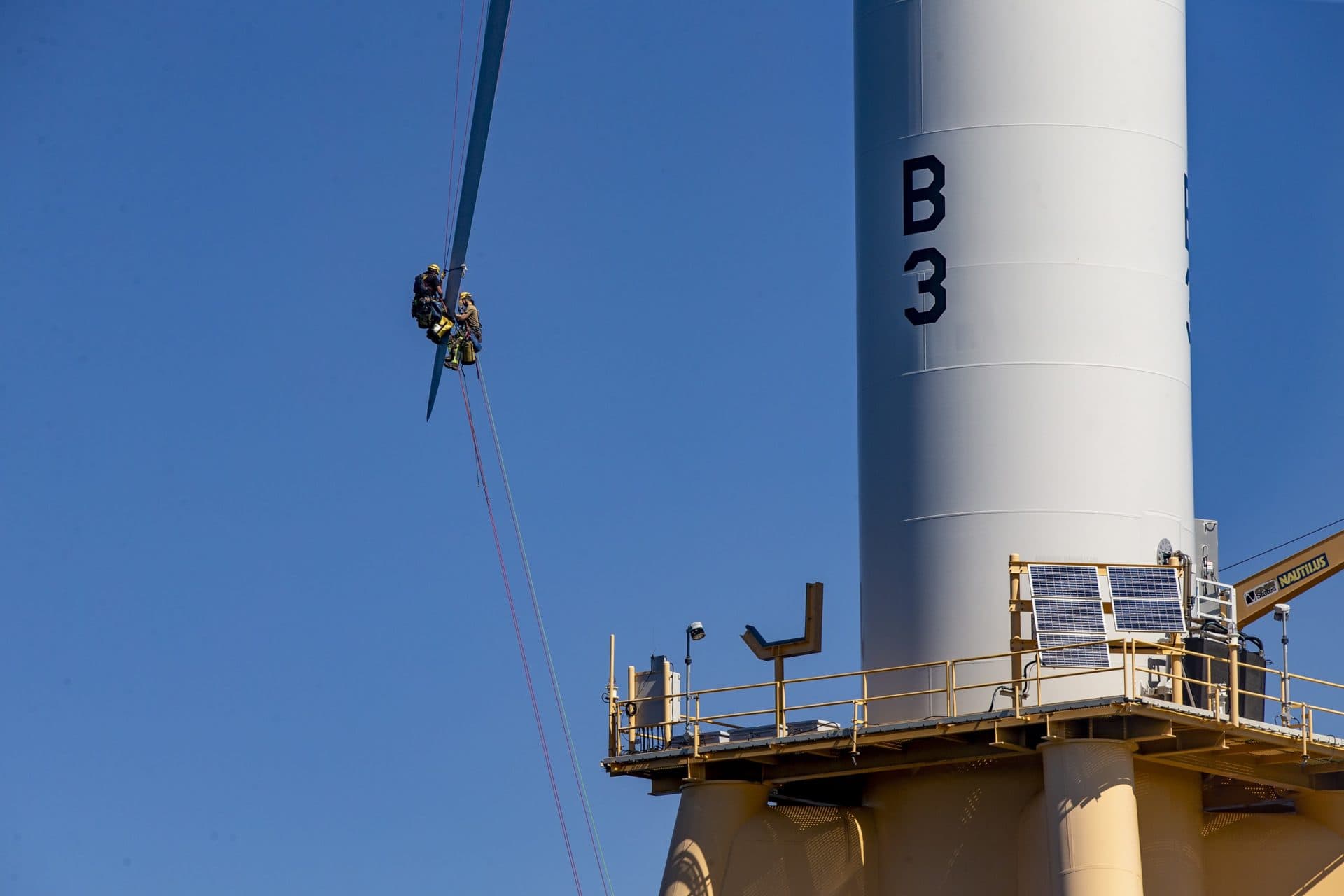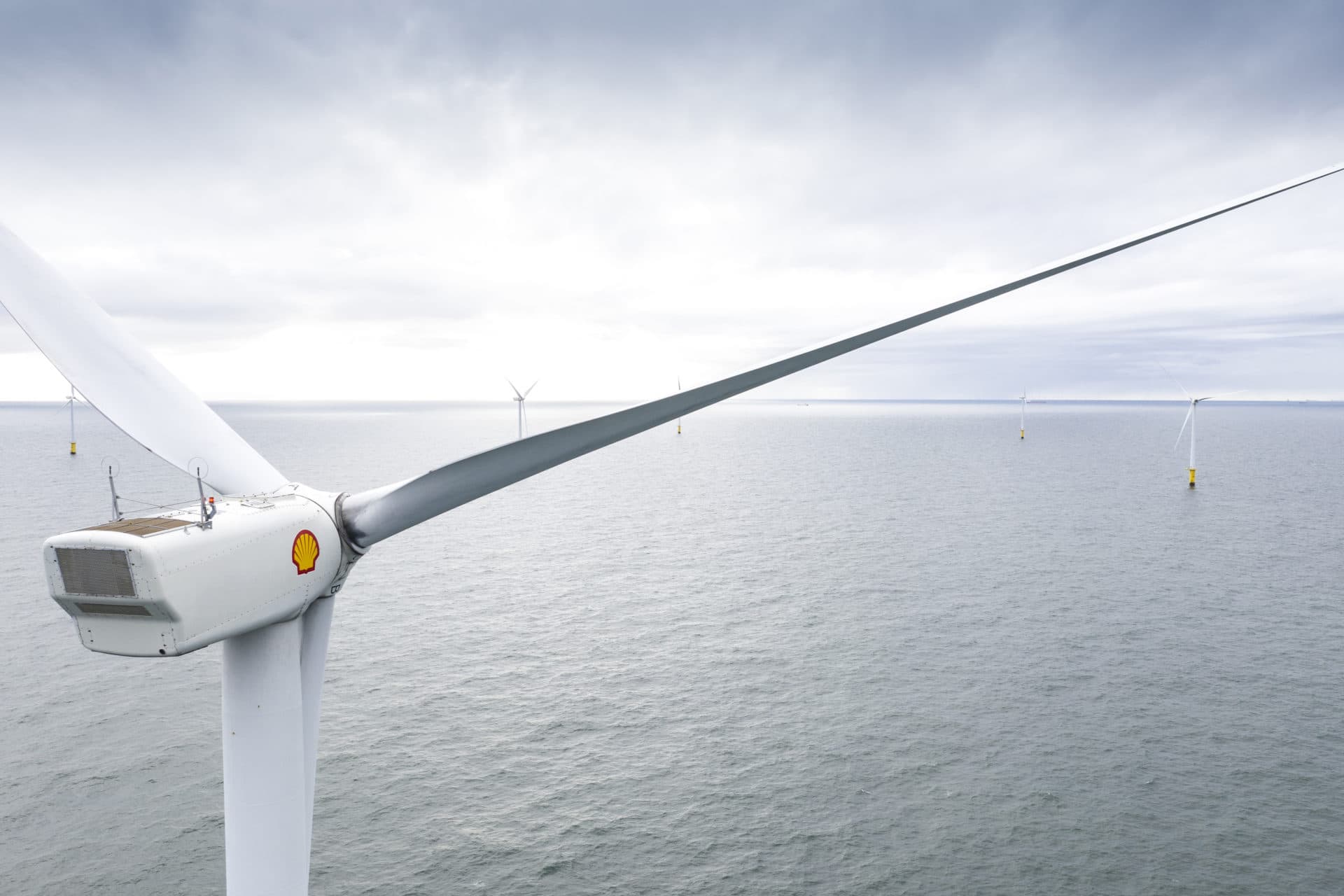Advertisement
Power shift: The promise of offshore wind
We asked big questions about the offshore wind industry. Here’s what we uncovered
It’s not every day that the U.S. decides to build a new energy industry. But that’s exactly what the country is doing with offshore wind. WBUR and E&E News spent months reporting Power shift: The promise of offshore wind, which documents the start of this industry and asks some big questions.
Here are our five top takeaways from the series.
Not all green jobs are good ones.
Launching an offshore wind industry is going to create jobs. The question is how many and how well they will pay. Experts say state and federal leaders need to be thoughtful about creating high-paying positions with good benefits. Efforts are underway, but it’s too soon to tell if they’ll work.

Made in America? Not yet
While the first round of offshore wind jobs will be in construction, most of the permanent and long-term positions will be in the supply chain: factories that churn out turbine parts, electrical cables and boats. The offshore wind supply chain doesn’t exist yet in the U.S., and if the country doesn’t move fast to build it, those jobs may go to other countries.

A just transition? Or just a transition?
Beyond providing pollution-free electricity, supporters of offshore wind hope this new industry can help reverse other environmental injustices in our energy system. This includes bringing more women and people of color into the workforce. Some states and wind developers are trying to make this happen, but it's hard to tell if their efforts are paying off.

Some fishermen may not survive the gale
While there's a lot of uncertainty about how offshore wind will affect fisheries and the ocean ecosystem, experts think some commercial fishermen will take a hit. How big that impact is, though, will vary. The big operators, who catch the bulk of the fish, have a better chance of riding out any changes. It’s the little guys who are most likely to be displaced or take a big financial hit.

Big Oil wants to be Big Wind
Several large oil companies like Royal Dutch Shell and BP are getting into the offshore wind game. They’re not huge players in the U.S. market yet, but they’re gunning to be. Some experts say their decades of experience drilling for fossil fuels at sea will translate well to offshore wind, but others are skeptical. Many environmentalists are concerned the oil companies are using offshore wind to greenwash their image, while continuing to drill for more oil and gas.
